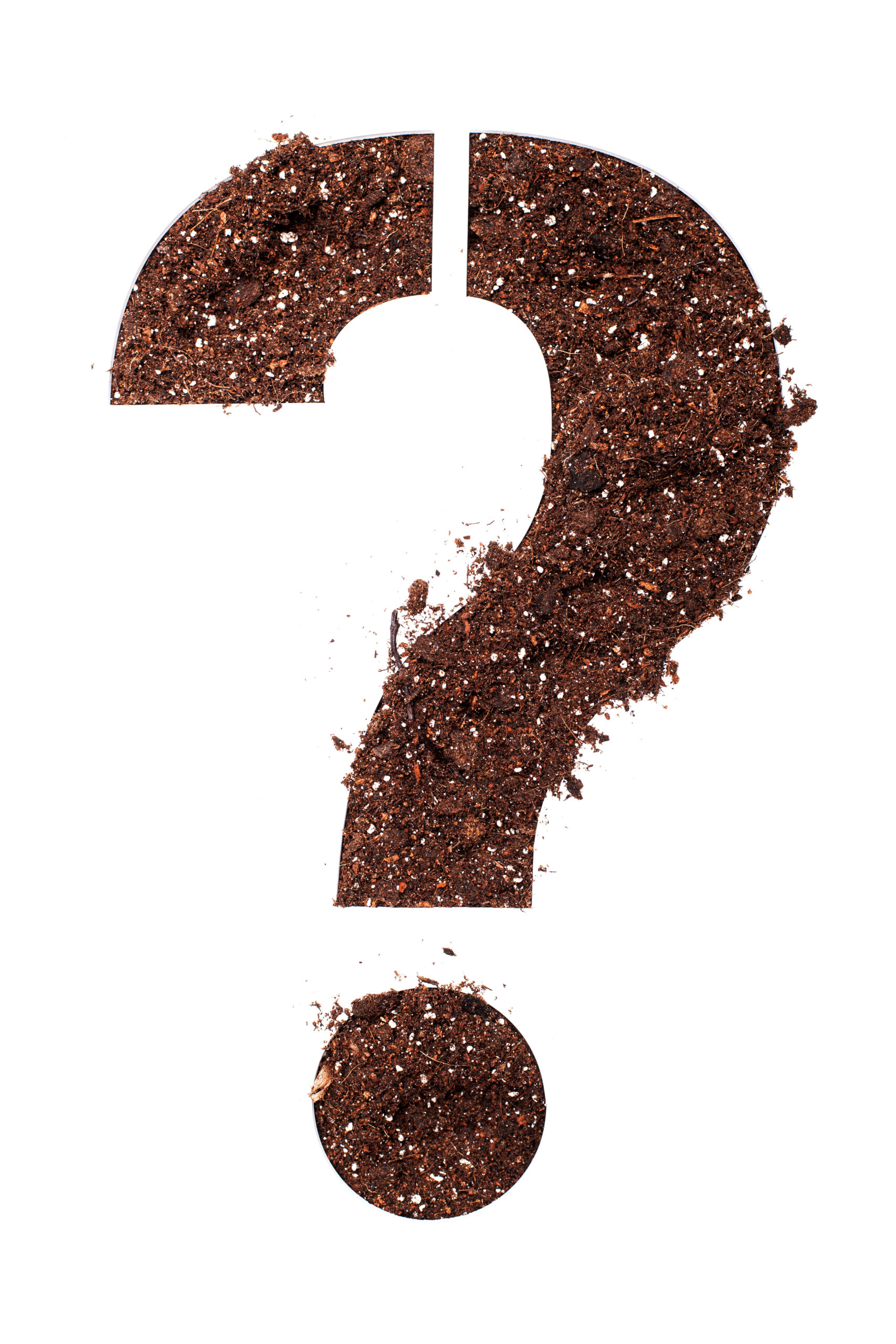
There are many soil tests on the market so it can be difficult for farmers to ascertain whether or not they’re choosing the right one. The truth is, there are pros and cons to every soil test. Therefore it boils down to finding which ones align best with your farming goals and which are easily and readily available to you without needing to stretch your resources too much.
Since microBIOMETER® is a relatively new soil test on the market, a lot of questions are raised on how this test is different from other commonly used soil indicators such as the Haney Soil Test and PLFA test. While all three are soil biological health tests, their methodologies are very different and the tests measure different parameters.
The microBIOMETER® is an on-site soil test that measures the microbial biomass and fungal to bacterial ratio of living and dormant bacteria and fungi. The test process works by measuring the color intensity of the microbial solution created and comparing the color to the test card comparator. This patented, colorimetric analysis process is generated through our microBIOMETER® Reader App and produces results within 25 minutes of starting the testing process. Test prices range from $13.50/sample to $6.75/sample. The low cost, rapid result detection, and on-site testing of living soil are what makes this test stand out against others. The microBIOMETER® has a slightly limited scope, however, as it’s only able to measure the overall biomass of fungi and bacteria. It does not differentiate between microbial species nor does it measure any other parameters.
The Haney Soil Test is a lab test that focuses on assessing a variety of soil parameters such as pH, microbial biomass, water extractable organic carbon and nitrogen, soil respiration, and inorganic plant available nutrients such as NPK. This test uses multiple methods in order to obtain results, including the Solvita CO2 Burst test to indicate soil microbial respiration and biomass, and the use of unique soil extracts to determine organic and inorganic nutrient availability. While this test offers a large array of soil parameters, there is controversy in the science community about using the Solvita CO2 Burst test methodology as a way of accurately predicting microbial biomass. This is because the soil is dried then rewetted to trigger a release of CO2 to measure microbial activity. Drying soil decreases microbial biomass, and while rewetting it will increase biomass again, it doesn’t necessarily repopulate back to the original microbial composition. The Haney Soil test is offered at several labs throughout the country and recommendations are included with results. Generally, this lab test costs about $50/sample and takes about 3-4 weeks to receive results.
The PLFA Soil Test is a lab-based technique that analyzes phospholipid fatty acids (PLFA), which are found in the cell membranes of living organisms, to determine an estimation of living microbial biomass, fungal to bacterial ratio, and to identify the general presence or absence of microbial functional groups in bacteria, fungi, and protozoa. For this test, labs first dry the soil overnight then use multiple solvents to extract fatty acids from the sample. Then, mass spectrometry is used to identify the sample’s microbial composition based on specific PLFA biomarkers. This testing process takes a few days to complete and generally costs about $60/sample depending on the lab. It is one of the most utilized testing methods since it gained popularity in the late 80’s. Since then, it was discovered that some of the PLFA biomarkers used for identification aren’t limited to one microbial group, therefore making it difficult to determine the accuracy of some results.
The value of each of these tests is to determine a baseline assessment of your soil health. The information obtained from any of these tests will help you gain a better and more rounded understanding of what’s happening in your soil.

